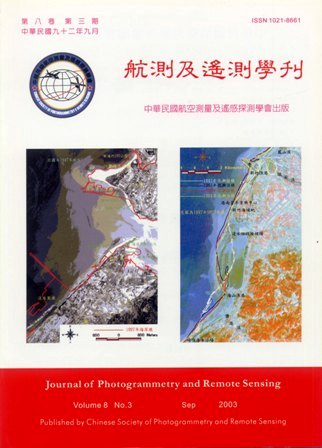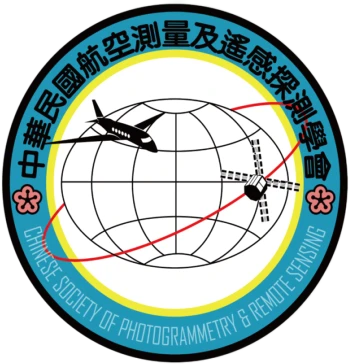Watershed unit has been regarded as an analyzed object for slopeland disaster assessment. With the fast growing progress of computer technologies, instead of manual operation, there is a trend of applying Digital Elevation Model (DEM) in automated watershed delineating and drainage network design. This study first focused on improving extraction method for automated watershed delineating. The concepts for depression outlets decision, looped drainage direction calculation, reasonable watersheds area delineation, and simulation of realistic drainage networks are all revised to propose a new approach for more reasonable and efficient in watershed delineation. Three major reservoir watersheds (Shihmen, Techi and Tsenwen) were chosen to calculate watershed geomorphologic and hydrologic information for verifying the suitability of proposed approach. Universal Soil Loss Equation (USLE) and Sediment Delivery Ratio (SDR) coupled with automated watershed delineation theory is applied to estimate watershed sediment yield. The system shows good performance for Shihmen, Techi, Tsenwen reservoir and Erzen creek watersheds. The results are summarized as follows: This study proposed surface-inclining approach to couple with elevation-differencing approach (Jenson and Domingue, 1988) for determining incipient drainage directions. The calculation of optimal outlet and drainage direction in the depressions can be performed using watershed depression approach with PROMETHEE theory. Compared with elevation-smoothing, depression-filling and repeatedly elevation-incrementing approaches, the drainage directions for Shihmen, Techi and Twensen reservoir watersheds calculated by watershed depression approach show more reasonable and realistic outcomes. The watershed area extracted for Shihmen, Techi and Twensen reservoir with the outlet located at the site of dam is 75634 ha, 52367 ha and 48396 ha, respectively. Due to inhomogeneous characteristics of geomorphology, geology, soil and/or climates of a watershed, the real drainage networks can not be delineated properly using single-threshold approach. Instead, a multiple-threshold approach is developed to cope with the real spatial distribution of streams in a watershed. Annual watershed sediment yield calculated for Shihmen, Techi, Twensen reservoirs and Erzen creek is 1928168 tons/yr, 1793742 tons/yr, 4807205 tons/yr and 5074396 tons/yr, and the corresponding annual erosion depth is 1.82mm, 2.45mm, 7.10mm and 25.81mm, respectively. Tsenwen reservoir and Erzen creek show higher erosion depth because of moderate mudstone distribution in the watershed. Model efficiency calculated using Nash and Sutcliffe (1970) for sediment yield estimation is 81.21%, the model (Ŷ=1.15Y, R^2=0.96*) shows significant correlation between estimated (Ŷ) and measured (Y) data.

